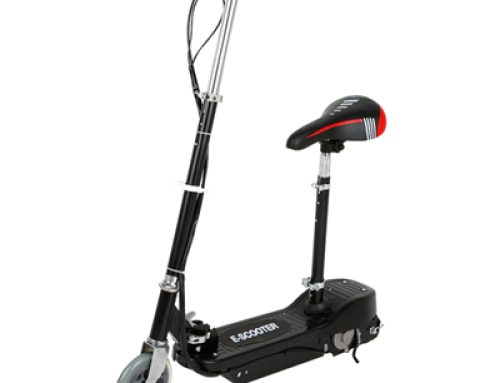As of my last update in September 2021, hoverboards that achieve true levitation, as depicted in science fiction movies, were not widely available or practical. However, I can provide a general explanation of the scientific concepts that might be involved in levitation hoverboard technology, based on theoretical principles and potential advancements up to that point.
- Magnetic Levitation (Maglev): Maglev technology involves using magnetic fields to lift and propel an object. This concept has been explored for levitating trains and could potentially be adapted for hoverboards. Here’s how it might work:
- Magnets: The hoverboard would contain strong magnets, typically superconducting ones, while the ground or a specially designed track would also have magnet arrays.
- Levitation: When the magnets in the hoverboard and the track repel each other due to their like poles facing each other, the board would experience lift, levitating above the ground.
- Propulsion: By adjusting the magnetic fields, the hoverboard could be propelled forward, backward, and sideways.
- Electromagnetic Propulsion: This concept involves using electromagnets to create a magnetic field that interacts with the ground, generating lift and propulsion:
- Electromagnets: The hoverboard would have a series of electromagnets that generate a strong magnetic field.
- Interaction with Ground: The ground or a specially designed surface would be made of conductive materials. When the hoverboard’s electromagnetic field interacts with the ground, repulsive forces would lift and move the board.
- Air Propulsion: While not true levitation, air cushioning could be used to simulate a hovering effect:
- Fans and Air Chambers: The hoverboard could be equipped with powerful fans and air chambers. These fans create a cushion of air between the board and the ground, reducing friction and simulating levitation.
- Controlled Air Flow: By adjusting the air flow from the fans, the hoverboard could be lifted and propelled in different directions.
- Superconductors and Meissner Effect: Superconductors are materials that, when cooled to extremely low temperatures, expel magnetic fields from their interiors, a phenomenon known as the Meissner effect. This could be used for levitation:
- Superconducting Materials: The hoverboard’s platform could be made of superconducting materials that exhibit the Meissner effect.
- Magnetic Interaction: When a superconductor encounters a magnetic field, it repels the field, leading to levitation. This effect could be used to lift and stabilize the hoverboard.
It’s important to note that each of these concepts involves complex engineering challenges, including energy efficiency, stability, control systems, and safety considerations. As of my last update, the practical implementation of levitation hoverboard technology remained a theoretical possibility, with significant technological and scientific hurdles to overcome. For the latest developments beyond September 2021, I recommend checking reliable sources in the fields of physics, engineering, and technology.







